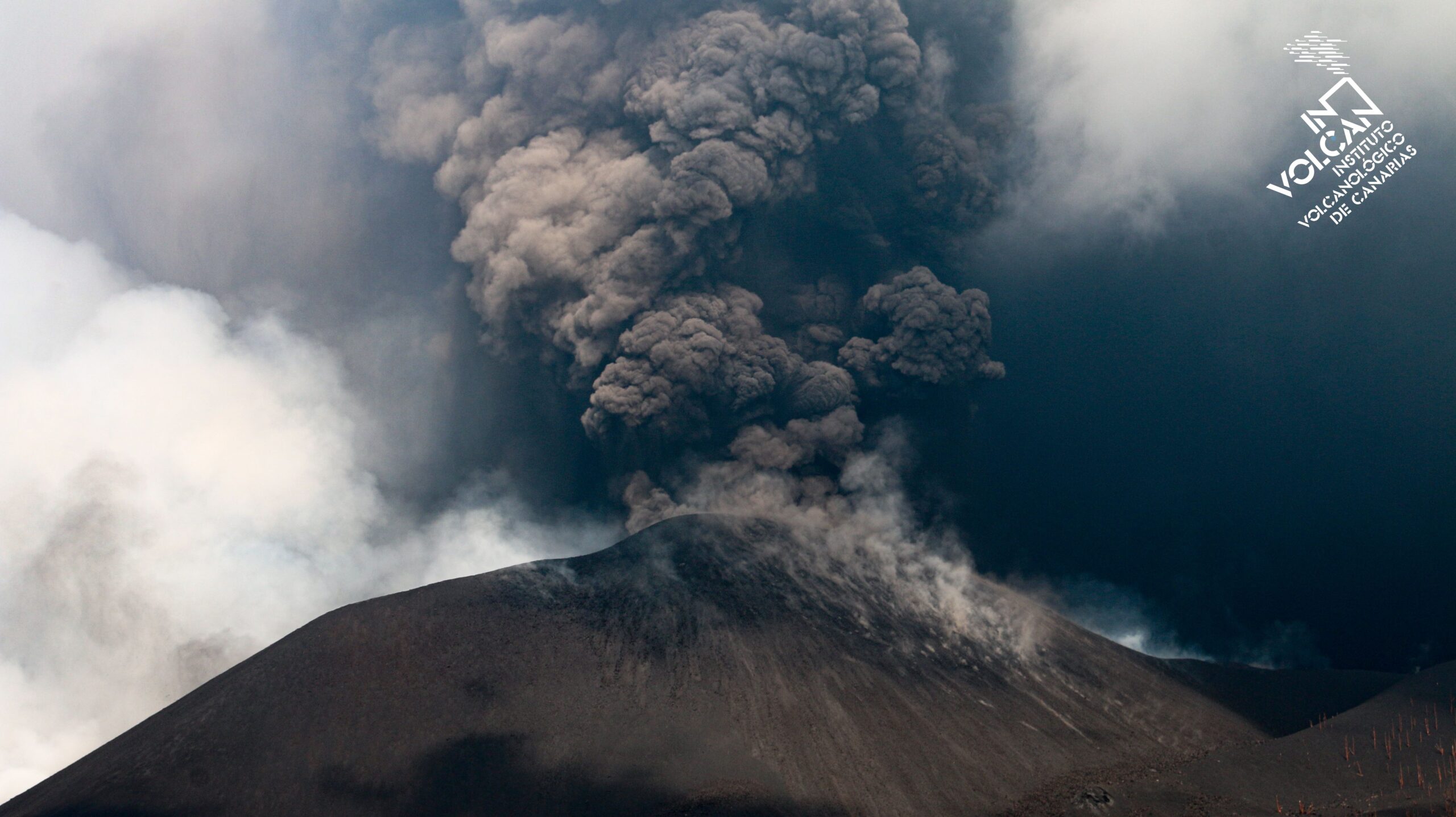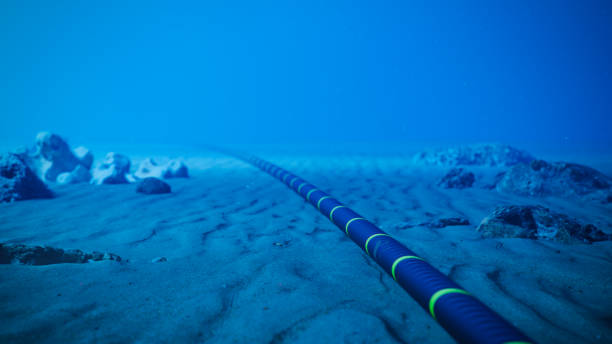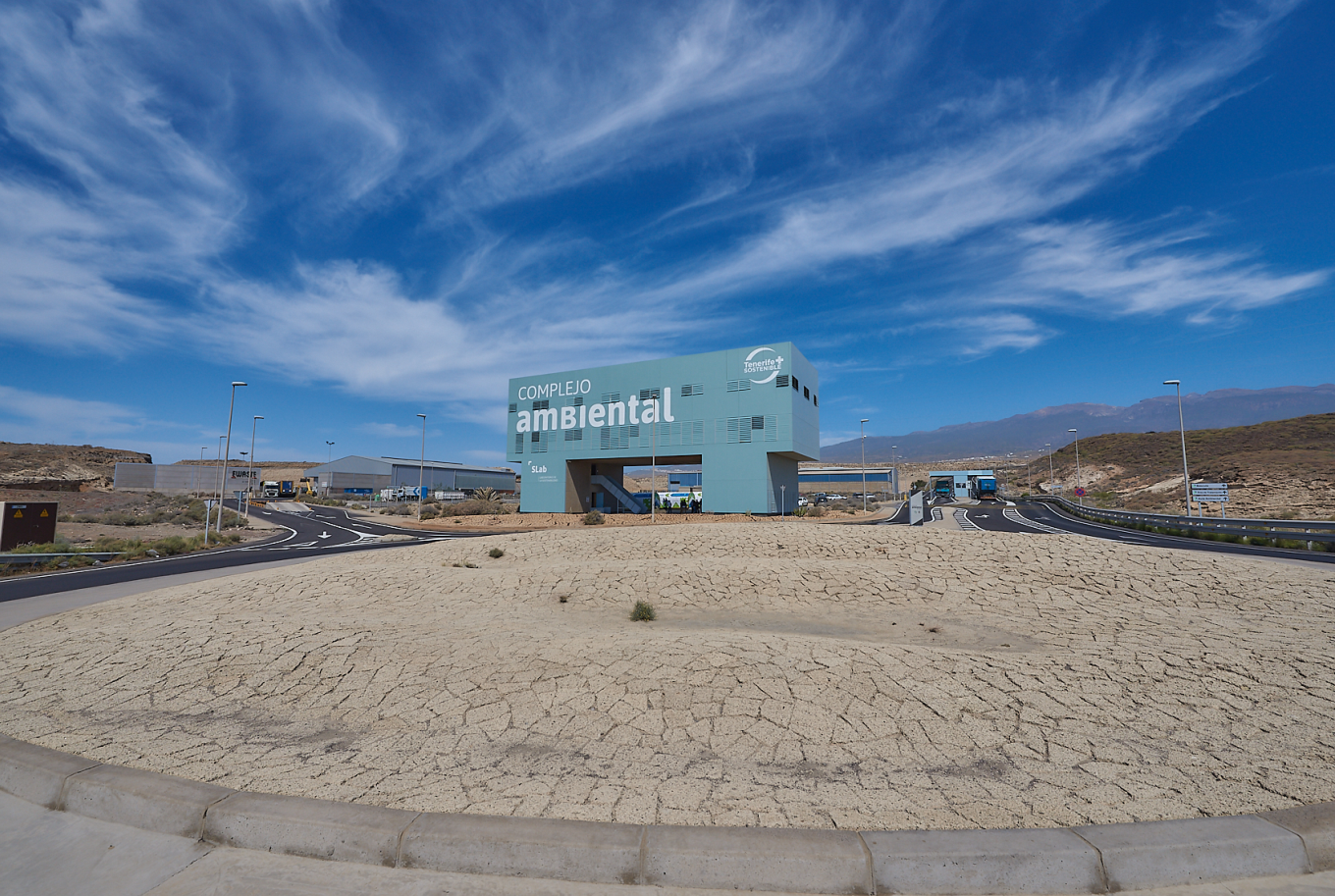A groundbreaking study reveals areas of high seismic attenuation in the south of the island of La Palma, suggesting possible geothermal energy reserves beneath the Cumbre Vieja volcanic complex.
A scientific team of researchers from the Instituto Volcanológico de Canarias (INVOLCAN) and the Instituto Tecnológico y de Energías Renovables (ITER), in collaboration with the University of Geneva, the Institut des Sciences de la Terre (ISTerre, France), the University of Granada and the Istituto Nazionale di Geofisica e Vulcanologia (Italy), the University of Granada and the Istituto Nazionale di Geofisica e Vulcanologia (Italy), has published an innovative study on the development of a novel seismic noise tomography methodology and its application to the study of seismic attenuation on the island of La Palma. The work has been published in Scientific Reports, a prestigious international peer-reviewed open access scientific journal published by the Nature publishing group, covering all areas of the natural sciences.
Seismic noise tomography (SNT), for approximately two decades, has stood out as a very useful methodology for the study of the Earth’s interior structure at different scales. Specifically, this technique allows to determine the velocity of seismic waves in subsoil rocks, without the need of artificial sources or earthquakes. However, the velocity alone does not allow a detailed characterization of the nature of the subsurface.
During their path, seismic waves lose energy due to seismic attenuation. This property of rocks is often related to the presence of fluids and is therefore particularly important for the study of volcanic and geothermal systems.
Application of the ANAT technique on La Palma
The potential of the island of La Palma (Canary Islands) to host geothermal resources in its interior is very high, mainly due to its high volcanic activity. The study has developed a new technique for environmental noise attenuation tomography (ANAT) (ANAT) to obtain a three-dimensional image of the high attenuation areas in La Palma, exploring the subsoil up to 5 kilometers deep.
The results have indicated two areas with high attenuation in the south of the island: one under the Cumbre Vieja volcanic complex, possibly associated with zones of hydrothermal alteration, and another that could be associated with extensive fractures in the extreme south, suggesting the possible circulation of hot fluids in the area.
In addition, this paper discusses from a geothermal point of view, the relevance of such anomalies, making a comparison with previous INVOLCAN studies on resistivity and seismic S-wave velocity, as well as density models. Fluids being a key component in geothermal reservoirs, it is reasonable to expect intrinsic attenuation anomalies in these systems. Therefore, we conclude that ANAT can be useful for geothermal exploration.
Reference to the article:
- Cabrera-Pérez I., D’Auria L., Soubestre J., del Pezzo E., Prudencio J., Ibáñez J. M., Jiménez-Mejías M., Padilla G. D., Barrancos J. & Pérez N. M. (2024). 3-D intrinsic attenuation tomography using ambient seismic noise applied to La Palma Island (Canary Islands). Scientific Reports 14, 27354, https://doi.org/10.1038/s41598-024-79076-w






